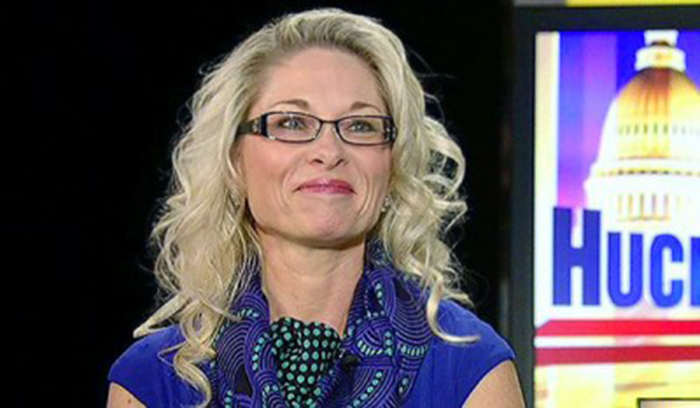The common assumption in California politics is that labor unions always will be a major force because they have been for the last 30-plus years. Change may be coming, even though organized labor since 1996 has beaten back three ballot initiatives aiming to end its influence.
The issue here is union dues paid by public employees. Rules are different for unions covering workers in private business.
In 1996, 2005 and 2012, conservatives seeking to end labor’s donations to political candidates (almost exclusively to Democrats) ran ballot initiatives aiming to end the obligation of schoolteachers and other employees to pay union dues unless they want to.
All three measures called themselves “paycheck protection,” seeking to force unions to get yearly written permission from members before using their dues money for political purposes. The most recent went a step further, aiming to ban direct contributions from unions to political candidates.
All three measures lost, but never by large margins. Each became a fairness issue: Labor would have a vastly diminished political voice if any of these propositions had passed, but corporations and wealthy individuals would not have seen their influence cut, and that would tilt the electoral playing field in unprecedented ways.
After losing three times and wasting more than $20 million on those efforts, conservatives were forced to conclude voters won’t soon opt to deprive unions of their political voice. So they turned to the courts.
The libertarian-oriented, Washington, D.C.-based Center for Individual Rights found 10 California schoolteachers who don’t like being represented by the 300,000-member California Teachers Assn. One of them, Rebecca Friedrichs of Orange County, became the lead plaintiff in a case that will be heard this fall by the U.S. Supreme Court, with a decision due by the end of June – just in time for next year’s general election campaign.
The case, Friedrichs vs. California Teachers Assn. et al, seeks to overturn a 1977 Supreme Court ruling that lets public employee unions collect dues from everyone covered by their bargaining, even if some of those people don’t want to be involved. In the CTA’s case, for almost 40 years, those who don’t want to be covered have not had to pay the roughly 35 percent of dues that normally goes to political donations and campaigning.
The Friedrichs lawsuit contends that all public employee union activity is political, not just functions openly labeled that way. “Bargaining with local governments is inherently political,” argues the Center for Individual Rights. “Whether the union is negotiating for specific class sizes or pressing a local government to spend tax dollars on teacher pensions…, the union’s negotiating positions embody political choices that are often controversial.”
This case aims well beyond the three failed ballot initiatives. This one seeks to deprive public employee unions of virtually all their funding, unless workers voluntarily pay. No one knows how many would, with annual dues in the CTA, for example, often topping $1,000.
That makes this a life-and-death case for the unions. They cannot be certain of the outcome. One justice, Samuel Alito, wrote in a previous union-related case that “…no person in this country may be compelled to subsidize speech by a third party that he or she does not wish to support.”
Ironically, the unions’ best hope for picking up the vote they need to expand beyond the high court’s four solidly liberal justices might be that of Antonin Scalia, often the court’s leading conservative. In a 1991 case, he wrote that because public sector unions have a legal duty to represent all employees, it’s reasonable to expect all workers to share the costs.
But Justice Scalia doesn’t have to be consistent, and sometimes is not. Meanwhile, frequent swing vote Anthony Kennedy has not always been friendly to labor.
The bottom line is that no one knows how this case may turn out. Which means candidates of all stripes should be getting ready today for an earthquake-scale change in California’s political funding, one that might come at a vital, key moment in next year’s campaign.
Contact Mr. Elias at tdelias@aol.com. His book, “The Burzynski Breakthrough, The Most Promising Cancer Treatment and the Government’s Campaign to Squelch It,” is now available in a soft cover fourth edition. For more Elias columns, visit www.californiafocus.net.








